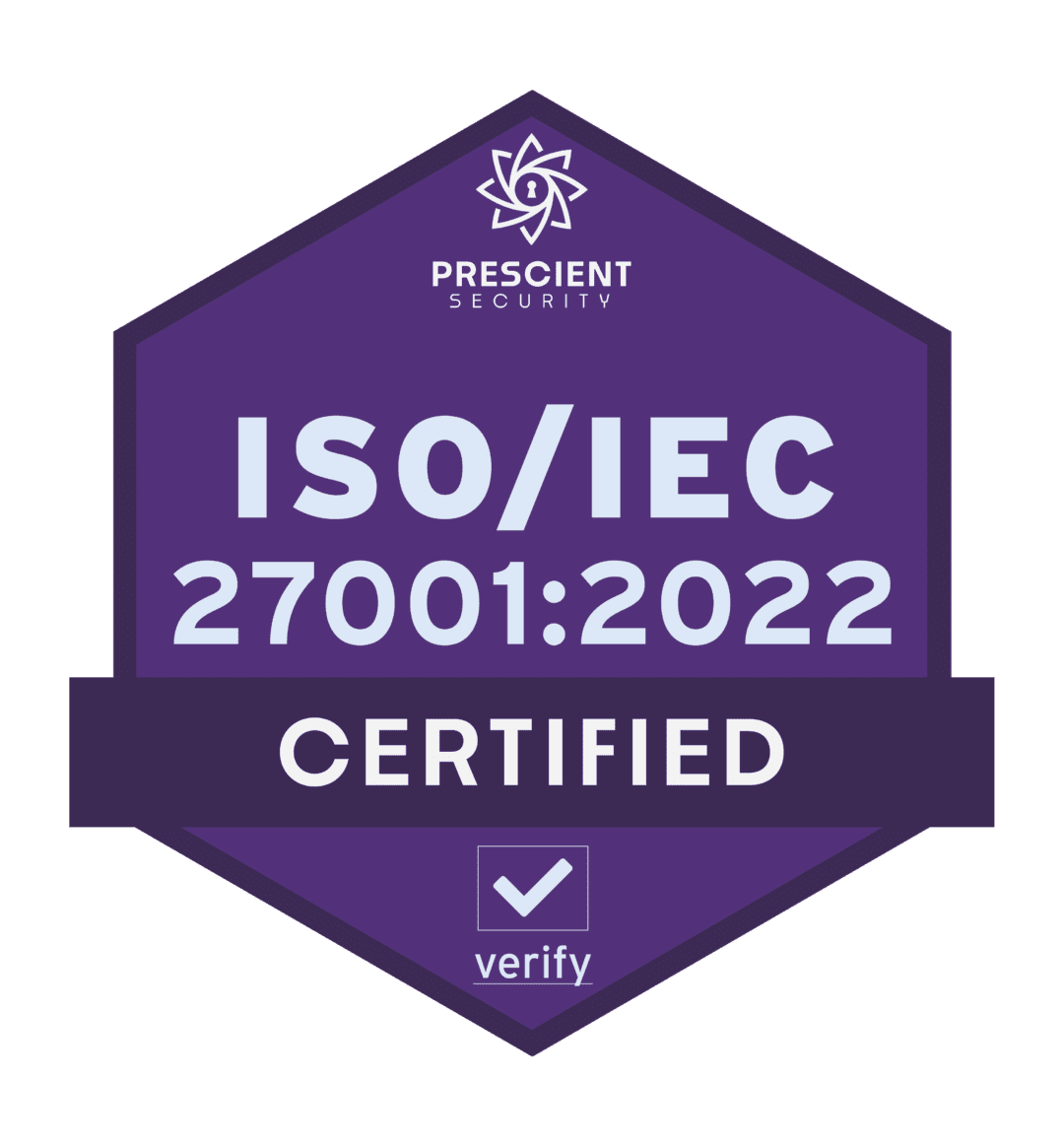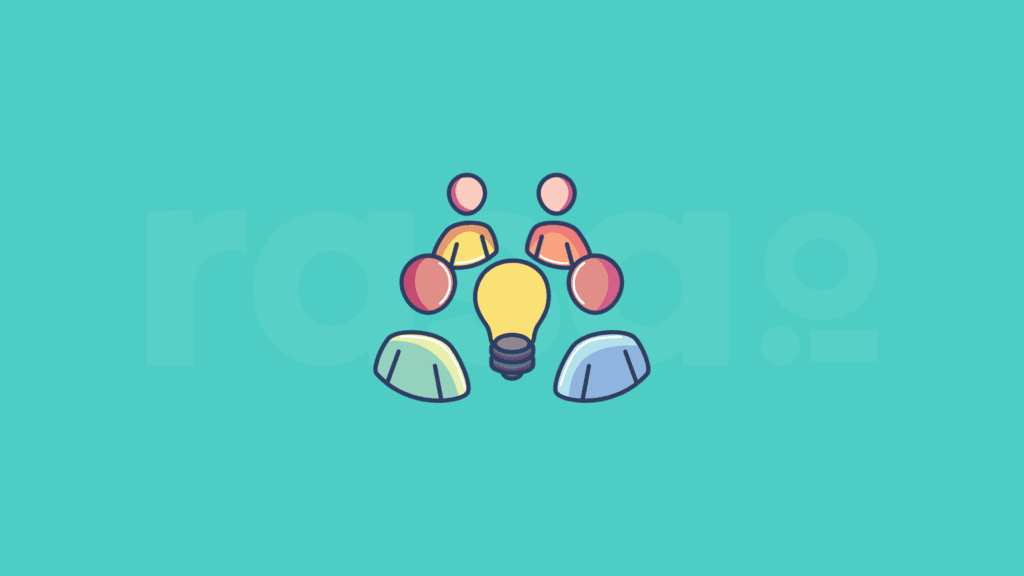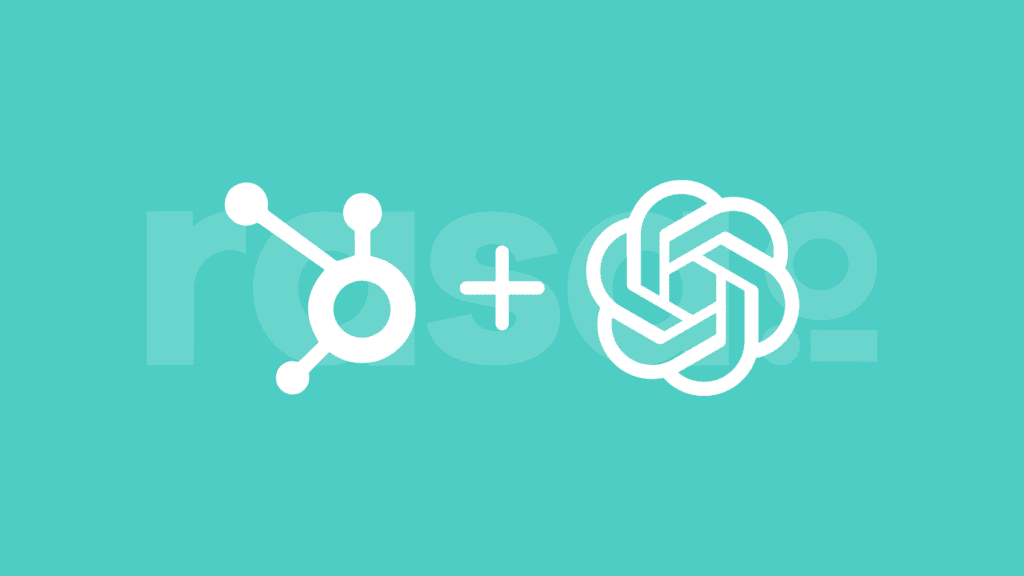The world has become a global stage for businesses of all sizes to market their products and services. But, small businesses must find those for cost-effective strategies and most efficient channels for consumer engagement.
This post is focused on marketing and consumer engagement through email with each generation. So, without further ado, let’s get to know the generations and how you can best use email to market to them.
The Four Generations
Let’s start off by acknowledging The Silent Generation – these folks are currently 75 years or older. We won’t be focusing on them in this post. But not because they weren’t a valuable part of the workforce at once time, they certainly were. But for now, as many are retired and no longer working, we are focusing on the four younger generations.
There are currently four main generations living that all small businesses should consider.
- Baby Boomers – People born between 1946 to 1964
- Gen X – People born from 1965 to 1980
- Millennials – People with birth years between 1981 to 1996
- Gen Z – People born from 1997 to the present date, i.e., 2021
Millennials currently make up 35 percent of the global workforce. However, the experts believe this percentage will increase to 75 by the year 2025.
- Percentage of millennials in the workforce in 2021 35%
- Percentage of millennials in the workforce by 2025 75%
Reports also suggest that Millennials currently represent the largest consumer group in the market. In the year 2019, Statista reported that Millennials were the largest generation group in the United States of America at 72.1 million approximately and will continue to grow.
It probably goes without saying but (depending on your business) you really can’t ignore this generation’s buying power.
Millennials might be the largest buyers in the market right now, but every business and their clientele is different. Your email marketing strategy should be adjusted for the generation you consider to be your best target.
Baby Boomers
People from this generation belong to the age group of the early 50s to early 70s. They are a generation less known about being a community but about individuality. Nevertheless, they are one of the largest population groups alive.
You can reach baby boomers through conventional marketing and consumer engagement methods such as radio, newspaper, and television. You may think otherwise, but this generation still knows how to use the internet as a source for searches and news. Steer clear from implying that they are too old for modern advances because they are not.
Reflecting where this generation is in life, be it retirement or nearing the end of their careers, can be a very powerful marketing tactic with this generation. Depending on your product or services, you should position your messaging to appeal to someone with new found time or money on their hands.
Gen X
Gen X is the generation of people aged 40 to early 50s raised between a transitional phase of family lifestyles and technological advancement. Therefore, they are open to adapt to modern ways and are more willing to try new things from jobs to relationships, etc.
They are a tech-savvy generation and were amongst the first workforce to use computers as standard office tools. So, they know the digital world, especially social media. They know how to use emails and check them frequently.
If you are a business with products and services that may interest Gen X, use email marketing to your advantage. Offer them value in your messages as they are known to be more fond of material items than their predecessors. Tempt them with coupons and other discounts as this can be a very effective tactic with this age groups.
They love businesses that are reliable and fulfill their promises, so take advantage of positive reviews to entice Gen X consumers.
Millennials
This is the generation that witnessed the millennium and Y2K frenzy. Millennials focus on lifestyle more than wealth and are a generation that wants recognition and rapid access to information. You can find Millennials online as they are quite tech-savvy and love to use digital media (understatement of the year).
Small businesses can reach them in numerous ways, such as social media, radio, newspaper, emails, etc. If you are a business that uses video ads, you should utilize platforms such as YouTube, Facebook and Instagram as those are the top places to engage with Millennials.
If you want to build a rapport with Millennials, you should center your messaging around social issues as much as possible. They love to find (and stick with) a brand they can stand behind morally.
Gen Z
Consumers from this generation group are either about to celebrate their 18th birthday or they’re just entering their 20s. Gen Z does not know a world without computers and smartphones. They know how to take advantage of technology and modern tools and heavily rely on the digital mode of communication.
If you are a business with a niche product for this particular age group, you can go all-in with several digital marketing strategies and platforms. You don’t have to be on every single platform. Choose a couple that are most appropriate for your business.
Social media platforms are one of the more obvious ways to reach and attract Gen Z, but email is surprisingly effective with this group. They are a generation that prefers their communication to happen over text rather than voice. They love eye-catching visuals, so use this to your advantage to keep your message short, simple, and well designed.
The Takeaway
Customization of a digital marketing strategy can help you pique the interest of customers belonging to different generation groups. Knowing the best channels and strategies to reach your customers can make all the difference.












